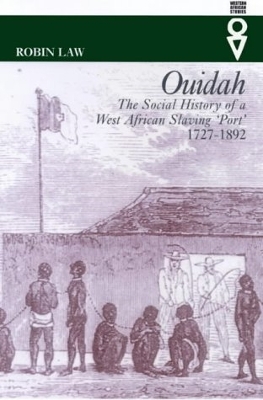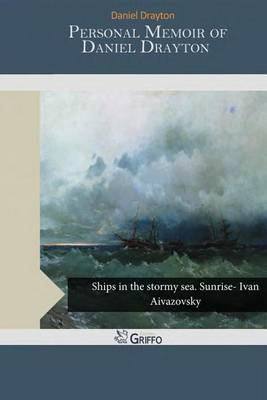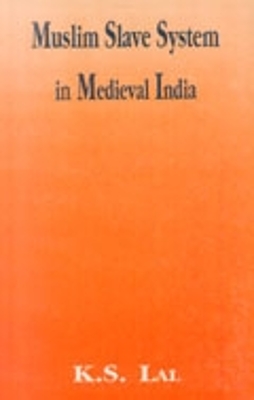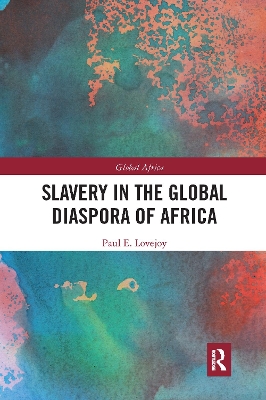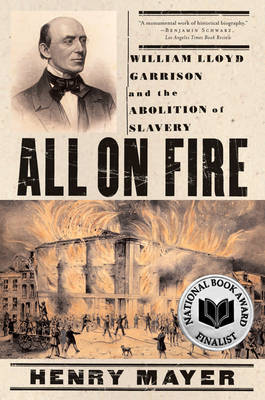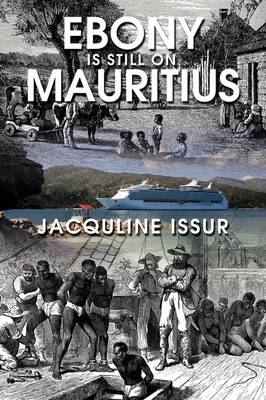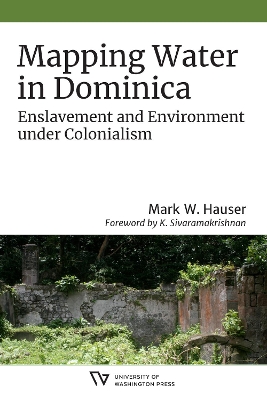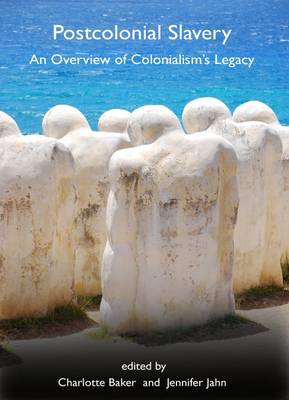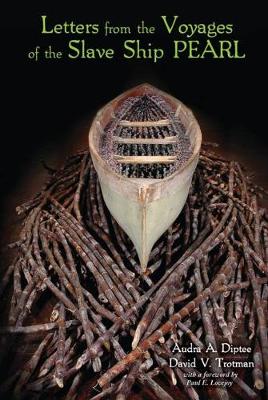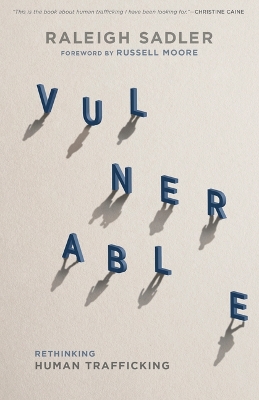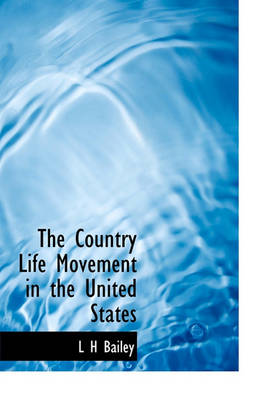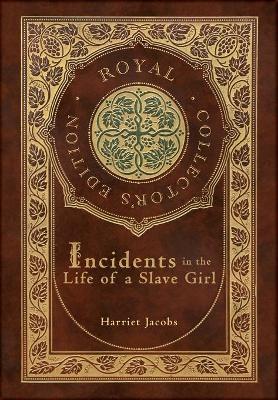The American conflict over slavery reached a turning point in the early 1840s when three leading abolitionists presented provocative speeches that, for the first time, addressed the slaves directly rather than aiming rebukes at white owners. By forthrightly embracing the slaves as allies and exhorting them to take action, these three addresses pointed toward a more inclusive and aggressive antislavery effort. These addresses were particularly frightening to white slaveholders who were significan...
Thoughtful and challenging, this book argues for a reassessment of the role historically played by Islam in Africa, and offers new hope for in creased mutual understanding between African people of different faiths. Drawing on a wealth of sources, from the colonial period to the most up-to-date scholarship, the author challenges the widely held perception th at, while Christianity oppressed and subjugated the African people, Islam fitted comfortably into the indigenous landscape. Instead, this p...
The Life of Josiah Henson, as Narrated by Himself [To S.A. Eliot].
by Josiah Henson
Ouidah, an indigenous African town in the modern Republic of Benin, was the principal pre-colonial commercial centre of its region, and the second most important town of the Dahomey kingdom. It served as a major outlet for the export of slaves for the trans- Atlantic trade. Between the seventeenth and the nineteenth centuries Ouidah was the most important embarkation point for slaves in the region of West Africa known to outsiders as the 'Slave Coast'. Exporting over a million slaves, it was sec...
President Lincoln's Attitude toward Slavery and Emancipation
by Henry W Wilbur
The collective significance of the themes that are explored in Slavery in the Global Diaspora of Africa bridge the Atlantic and thereby provide insights into historical debates that address the ways in which parts of Africa fitted into the modern world that emerged in the Atlantic basin. The study explores the conceptual problems of studying slavery in Africa and the broader Atlantic world from a perspective that focuses on Africa and the historical context that accounts for this influence. Pau...
Widely acknowledged as the definitive history of the era, Henry Mayer's National Book Award finalist biography of William Lloyd Garrison brings to life one of the most significant American abolitionists. Extensively researched and exquisitely nuanced, the political and social climate of Garrison's times and his achievements appear here in all their prophetic brilliance. Finalist for the National Book Award, winner of the J. Anthony Lucas Book Prize, winner of the Commonwealth Club Silver Prize f...
The narrative portrays a protagonist who faces and overcomes hurdles posed by life. He initially struggles in the clutches of fate but then comes to terms with existence and its challenges. With realism and sincerity, Gissing has blithely portrayed life in all its dimensions.
Whether by falling prey to Algerian corsairs or crashing onto the desert shores of Western Sahara, a handful of Americans in the first years of the Republic found themselves enslaved in a system that differed so markedly from nineteenth century U.S. slavery that some contemporaries and modern scholars hesitate to categorize their experiences as 'slavery.' Sears uses a comparative approach, placing African enslavement of Americans and Europeans in the context of Mediterranean and Ottoman slaverie...
The first full review of the mass murder by crew members on the slave ship Zong and the lasting repercussions of this horrifying event On November 29, 1781, Captain Collingwood of the British ship Zong commanded his crew to throw overboard one-third of his cargo: a shipment of Africans bound for slavery in America. The captain believed his ship was off course, and he feared there was not enough drinking water to last until landfall. This book is the first to examine in detail the deplorable ki...
Harriet Tubman: A Biography (Greenwood Biographies)
by James A. McGowan and William Kashatus Kashatus
de l'Esclavage Aux Colonies Francaises Et Specialement A La Guadeloupe (Histoire)
by Xavier Tanc
Mapping Water in Dominica (Culture, Place, and Nature)
by Mark W. Hauser
Open access edition: DOI 10.6069/9780295748733 Dominica, a place once described as “Nature’s Island,” was rich in biodiversity and seemingly abundant water, but in the eighteenth century a brief, failed attempt by colonial administrators to replace cultivation of varied plant species with sugarcane caused widespread ecological and social disruption. Illustrating how deeply intertwined plantation slavery was with the environmental devastation it caused, Mapping Water in Dominica situates the soc...
Postcolonial Slavery
This collection of eight essays by research students and academics from the UK, France, Germany and the USA examining different forms and manifestations of postcolonial slavery underlines the significance of the year 2007, marking the bicentennial anniversary of the passage of the British law banning the slave trade. Slavery and its legacies galvanized a diachronic series of ethnic crossings and transformations that engendered new and complex patterns of crosscultural contact. And the importance...
Letters from the Voyages of the Slave Ship PEARL
The barbarity of the enforced migration of Africans to the Caribbean and the realities of the transatlantic slave trade are fully revealed in Letters from the Voyages of the Slave Ship PEARL. The nonchalant accounts of the awful details of suffering and death are brought into sharp relief by the editors who reconstruct four voyages of the PEARL between 1785 and 1793. The ship was owned by Bristol businessman James Rogers, and the letters in this collection are but a small sample of the 15 boxes...
There are more than 40 million enslaved people in the world today. This is overwhelming. A number so large leaves us asking, What could I even do to help? In his book Vulnerable: Rethinking Human Trafficking, Raleigh Sadler, president and founder of Let My People Go, makes the case that anyone can fight human trafficking by focusing on those who are most often targeted. This book invites the reader to understand their role in the problem of human trafficking, but more importantly, their role in...
The Country-Life Movement in the United States was published in 1911 by L. H. BAILEY. The Country-Life Movement is the working out of the desire to make rural civilization as effective and satisfying as other civilization. It is not an organized movement proceeding from one center or even expressing one set of ideas. It is a world-motive to even up society as between country and city; for it is generally understood that country life has not reached as high development within its sphere as city...
Incidents in the Life of a Slave Girl (Royal Collector's Edition) (Case Laminate Hardcover with Jacket)
by Harriet Jacobs
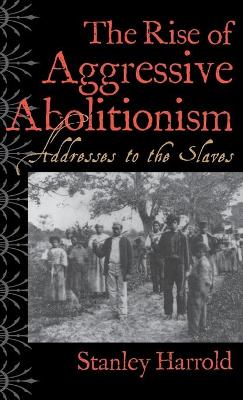
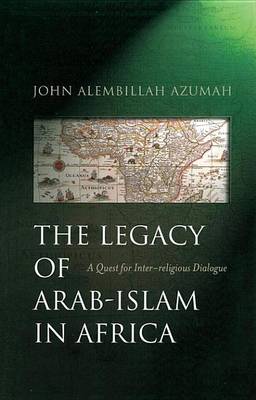
![Cover of The Life of Josiah Henson, as Narrated by Himself [To S.A. Eliot].](https://images.bookhype.com/covers/a3/2e/915760a6-5a27-4179-bd9d-e9340ab6e23a/9781151432841-ff00ddb1797ae0d1195aba.jpg)
